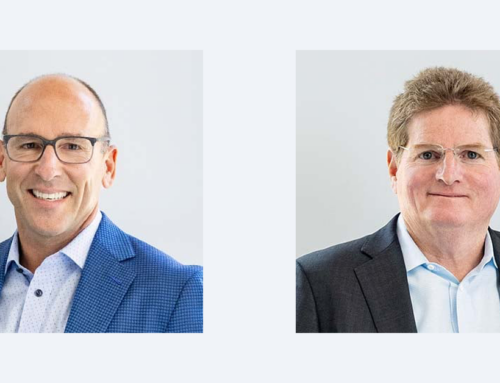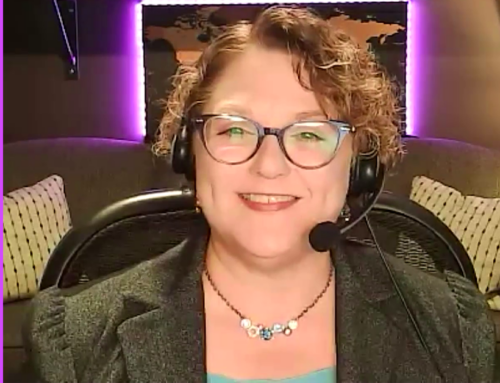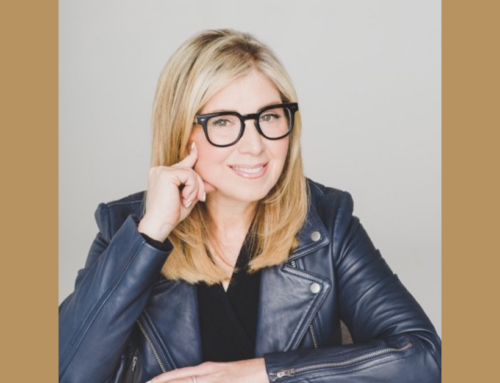Schwab – TD Ameritrade Merger and What It Means for the Future of Advice
When you combine technology, capitalism, scale, and DIY, you get a race to zero.
At Schwab’s Impact Conference a few weeks ago, president and CEO Walt Bettinger said, “We’re always on offense.” And with the takeover of TD Ameritrade, he wasn’t kidding!
To me, Schwab’s move is an “exclamation point” marker along an unfolding trajectory of where the money and advice business is heading.
The fact that nobody predicted this deal is another example that you cannot predict the future! And while I make some “future projections” in my comments below, they’re more “possibilities with probabilities” than facts. Read them as idea sparks and avenues to consider in your business.
Here’s what I see evolving along with my recommendations on how advisors can profit from these changes.
To make it easy to follow, I’m sharing my thoughts in bullet point form.
– The internet and Moore’s Law will continue to drive more services toward free. Robo-advisor services will get better and offer more options (e.g., high-interest savings accounts), and more of those assets will reside at the Behemoths (Schwab/TD, Vanguard, Fidelity, BlackRock, JPMorgan, Merrill, Goldman Sachs, CapitalOne, etc.). Eventually, Betterment and Wealthfront will get acquired, or merge.
– The price charged for investment management/financial advice to clients who have low to mid-complexity financial situations will continue to decline. The price decline will be driven by Schwab Intelligent Portfolios Premium, which charges a one-time fee of $300 and a $30/month subscription fee—with unlimited guidance from a CERTIFIED FINANCIAL PLANNERTM and Vanguard’s PAS, a similar service, which charges a max of 0.30%. Expect similar services to emerge from other behemoths. For a client with $500,000 of investible assets, the gap between what Schwab and Vanguard charge compared to an advisor at 1% of AUM is dramatic and will be increasingly difficult to justify as the former services get better and more visible.
– As the price people will pay for investment management and basic financial advice continues to drop, “advisor as coach” services could make up the difference. Financial Coaching will combine advice on money, work, life, and health, along with the accountability to follow through that great coaching provides. Individual and group financial coaching services will start popping up as advisors experiment with this model. Advisors will start placing more of an emphasis on helping clients “structure their work and money to live the kind of life they want.”
– The Behemoths will get even more aggressive in trying to aggregate as much investment and cash assets as possible. They’re no longer satisfied with just having the investment assets, they want the banking assets too so they can earn fatter spreads.
– The Behemoths will become even stronger competitors to financial advisors. They have the brand name, the resources, the products and services, and the marketing prowess to attract investors. Smaller independent advisors will find it increasingly difficult to attract new clients unless they have a clear differentiation strategy and offer something the big players can’t.
– The Behemoths will continue to improve and aggressively promote their “direct to consumer” services. The Behemoths will find it harder to walk the delicate balance between going direct and serving independent advisors as Behemoths and advisors will start competing more frequently for the same clients.
In light of how I see the industry evolving, here are my thoughts on what advisors should be thinking about.
– Be very intentional in your business model and where you compete. Charging an AUM fee and targeting people with $500,000 to $2 million in investible assets is too generic. Investors will want to know why they should pay an annual premium of $3,500 to $14,000 for your services versus working with a Behemoth. There’s room for multiple business models at different price points and at different complexity/asset levels, and the key is, “What do you offer, to whom, at what price, with what benefit, and how are you different?”
To continue reading the rest of this post, please register below with your email address.
– For all but the very largest independent advisory firms, offering low account minimum robo-advisory type services will be a losing strategy. The Behemoths have the scale in this market to out-compete almost everybody and most advisory firms can’t afford to devote resources and management time to such a low margin (or unprofitable) business segment—even if you piggyback on a Behemoth’s robo advisor.
– The sweet spot for traditional advisory firms is and will continue to be investors with high investible assets and high complexity situations. The Behemoths can’t compete here and independent advisors are ideally suited to add real value to investors with this profile.
– The second best area for advisors is people with low assets to invest (but still high-net worth or high incomes) who have complex financial situations. This includes business owners or high-income people who will pay a fixed fee for your advice and who will have investible assets down the road.
– People with high investible assets but low complexity financial situations will be a highly-contested market and ultimately split between the Behemoths and independent advisors (but there will be significant pressure on fees here). There are still many folks who prefer to work with a local advisor who may specialize in a certain area that these investors value.
– “Advisor as coach” is a wildcard. It could open up a whole new market segment for advisors to add value in clients’ lives.
– Being able to effectively answer, “Why should I choose you?” from a prospect has always been important but will become even more important. To justify a significant price premium over the Behemoths, potential clients will need to logically and emotionally justify the pricing gap and see/feel the difference.
– The secret sauce for the future-proof advisor is to leverage your humanness, not your technology. What technology can’t do (at least not yet) is dispense wisdom, insight, and advice wrapped in an as-needed layer of empathy coupled with an understanding of human nature and accountability for taking action. But you—as a human advisor—can do all this. You won’t win the technology race and you don’t need to; you just need to not fall too far behind.
– In the environment I envision, interpersonal communication skills will be paramount and will necessitate a whole new set of advisor training curricula. Advisors will likely have fewer clients, deeper relationships, and spend more time per client than they do today. Creating “communities” with your clients will be a thing. Much of the technical aspects related to money will be automated while advisors will focus on advice, client behavior, relationships, and accountability.
– There’s more nuance and context behind the high-level points above, but I hope I’ve given you some things to think about as you plan for 2020 and beyond. Just like nobody predicted Schwab would buy TD Ameritrade, nobody can predict the future with consistency and accuracy. However, we can absorb and process what’s happening today and make reasonable plans for what might happen—then adjust along the way.
Resources
– Values Clarification Toolkit Click here to download this FREE tool and start living your values.





